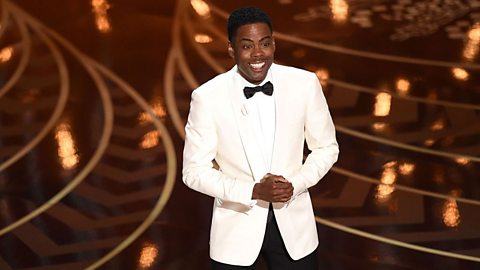The new Maleficent movie is out, and itãs predicted to be a big hit at the box office.
Maleficent: Mistress of Evil, starring Angelina Jolie, is a live-action interpretation of the fairy godmother in Disney classic Sleeping Beauty, which was based on 17th-Century tale The Sleeping Beauty in the Wood.
In many of their films, Disney loosely reference myths, legends and fairy tales. The Lion King, for example, was inspired by Shakespeareãs Hamlet and the story of Moses from the Bible. Others are more obvious, and less dark, renditions of old stories. Here are some of the stories behind your favourite Disney classics, but be warned - not all of them have a Hollywood happy ending.
Snow White and the Seven Dwarfs
Letãs start at the very beginning. Snow White was the first animated feature film Disney ever made, and the raven-haired princess has had a place in countless peopleãs hearts ever since.

The inspiration for the film comes from a story published in Grimmsã Fairy Tales, a collection of some of the best known fairy tales in the world, put together by the German brothers Jakob and Wilhelm in 1812.
Like a lot of the tales the brothers penned, itãs thought the story of Snow White has been around since the Middle Ages, but only passed down through word of mouth.
The film has actually stayed faithful to the tale: an evil stepmother tries to have Snow White killed for being prettier than her, but instead the princess ends up living with seven dwarfs. Her stepmother discovers her and, disguised as an old lady, feeds her a poisoned apple which seems to kill her. Enter stage left a handsome prince, who comes to Snow Whiteãs rescue and revives her.
One of the only embellishments Disney adds is the quirky and individual personalities of the dwarfs - thereãs no reference to any of them being Dopey or Grumpy in the book.
The Little Mermaid
Also soon to be re-made into a live-action feature, The Little Mermaid is another firm favourite with Disney fans.
It tells the story of a teenage mermaid who loves to sing and longs to live on land. She stumbles across the ship of a handsome prince, with whom she falls in love, and in order to win his affections she seeks the help of a sea witch to turn her into a human.
The witch obliges, but on one condition - she has to give up her voice.
This is all in line with the original, a fairy tale written by the Danish author Hans Christian Anderson in 1837. However, in his story, itãs a little bit more gruesome, as she not only has to give up her voice but her tongue as well. Not only that, itãs not exactly a happy occasion when she finds she can walk, as it feels as though sheãs constantly walking on knives.
It gets worse. The witch tells her that if she doesnãt get the prince to fall in love with her, sheãll dissolve into sea foam. As it turns out, the prince falls in love with a woman from a neighbouring village, so the poor mermaid does in fact have a foamy demise. Not quite the happy ending Ariel gets in the film.
Hercules
The story of Hercules (or Heracles) is probably one of the best known legends that Disney has chosen to bring to the big screen.
It comes from Greek and Roman mythology, and the man in question has quite a challenging life.
The Disney story keeps some elements of his fabled early years: he was the son of Zeus, but in the original legend his mother is Zeusã mistress Alcmene. Hera, Zeusã wife, was so enraged with jealousy at the thought of Zeus having a child with another woman, that she sends two snakes to kill Hercules in his crib. The plan ultimately fails, as Hercules turns out to be super-strong, and offs the snakes before they have the chance to off him. This also happens in the Disney movie, although itãs Zeusã brother Hades, lord of the underworld, that puts the hit on Hercules.
Going back to the legend, Hera isnãt quite done making Herculesã life miserable, so she casts a spell on him that cause him to kill his entire family. Not exactly PG this part, so you can see why it didnãt make the cut on screen.
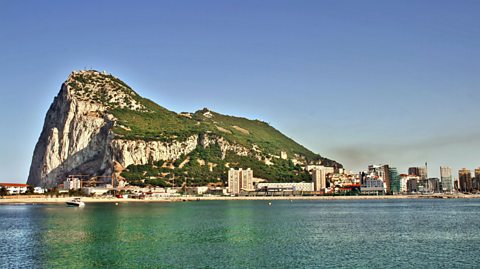
To absolve his guilt, Hercules performs 12 almost impossible labours - feats so difficult they seemed impossible. There is actually physical evidence of one of them: have you ever been to Gibraltar? If you have, then youãve visited the site of one of the pillars of Hercules, that he installed to mark the completion of one of the 12 tasks. The other pillar is thought to either be Jebel Moussa in Morocco, or Mount Hacho which is held by Spain.

Atlantis: The Lost Empire
Although itãs one of Disneyãs more forgotten films, itãs based on one of the most compelling legends the world has ever known.
Atlantis: The Lost Empire is a tale of adventure and discovery. It sees a bumbling museum cartographer Milo Thatch set out to find the lost city of Atlantis, an island that was supposed to have sunk in the sea thousands of years ago. In the film, they do end up finding it, and are surprised to find it inhabited.
The myth itself goes back thousands of years, and the man responsible for it is the Greek philosopher Plato. He wrote about an island that was extremely powerful, because its kings descended from Poseidon, god of the sea.
Eventually however, the islandãs god-like nobility started mixing with mere mortals, and so they became less powerful. There was a huge war with their former allies in Athens, and this led to the destruction of the island, which sunk to the bottom of the sea.
As much as he wrote about this glorious place, he skimmed over the detail of where it actually was. Many believe it to have lay somewhere between the strait of Gibraltar (remember the pillars of Hercules? Between those), and some scientists have even found ãproofã that it existed as a land bridge that aided the migration of people between Europe and Africa. At any rate, no one on Earth has managed to find it, except of course Milo Thatch.
The Princess and the Frog
Disneyãs first black princess was a long time coming for lots of people, and she was a hit - the film was nominated for three Oscars.
You may be aware of the fairy tale, that a princess meets a frog who eventually persuades her to kiss him. He then turns into a prince and voila - they live happily ever after.
Disney however takes a slightly different tack. Tiana, a waitress in New Orleans, works all hours of the day to save up for her dream: to own her own restaurant. At the same time, Prince Naveen arrives in the city to try to find a way to make some money after his parents cut him off.
An enchanter turns Prince Naveen into a frog and at a party, Tiana finds him. Having heard the fairy tale from her mother, she reluctantly kisses him, but instead of turning him back into a prince, sheãs turned into a frog too. Hilarity ensues.
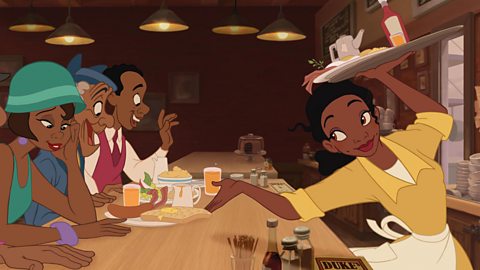
Disney took inspiration for Tianaãs character from a real-life chef from New Orleans called Leah Chase, who sadly died earlier this year. Leah cooked classic Creole food that was loved by many, and she served countless VIPs, including Martin Luther King Sr (who apparently loved ribs) and Barack Obama, who had to be prevented from putting hot sauce in her signature gumbo - a cardinal sin.
The other inspiration comes from the trusty brothers Grimm again. The original tale is called The Frog Prince and it has a bit more of a gruesome twist than the story you might be familiar with. Essentially, the frog pesters the princess to kiss him so much, that she gets tired of him and throws him against a wall. Instead of killing him though, he turns into a prince, and surprise, surprise, she sees the error of her ways and they live happily ever after.
Moana
Moana was another first for Disney, as she is their only Polynesian heroine. In the film, Moana defies her fatherãs wishes and takes to the ocean to return the heart of Te Fiti, who turns out to be an island goddess. Along the way, she finds demi-god Maui, who at first is reluctant to help her, but they end up making a great team. Moana then returns to her people and convinces them to stop being afraid of the ocean, and it ends with the islanders returning to their seafaring roots.
Moanaãs journey is quite fitting, as her name means ãlarge body of waterã or ãoceanã in Hawaiian and Maori. But itãs not her character thatãs inspired by ancient folklore - itãs Mauiãs.
Maui is an important figure in Hawaii, Polynesia, Tahiti and elsewhere. He features heavily in stories of creation - heãs thought to have created the islands in that part of the world by hauling them up with his fish hook, and taming the sun using his sisterãs hair to lasso it, and eventually convincing it to give them long days in summer and short days in winter.
However he looks slightly different - in the myths heãs depicted as a skinny teenager just coming of age, whereas in the Disney movie heãs built more akin to the person who voices him, Dwayne ãThe Rockã Johnson. In other words, heãs hench.
This article was published in July 2019
Six blockbuster films that got history wrong
From Bohemian Rhapsody to Titanic, movie-makers have been very creative with historical timelines.
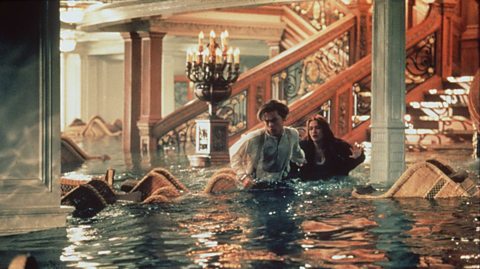
When film and TV got the future spot-on
The storytellers who predicted President Trump and the technology we have today.
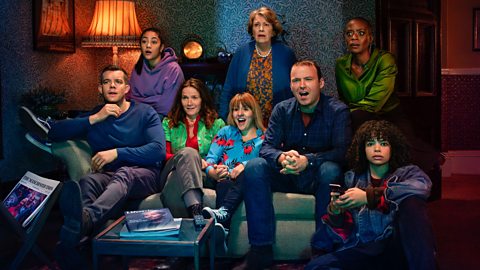
Nine of the Oscarsã most controversial and memorable moments
It wouldn't be the Oscars without a media uproar, and here are some of the biggest.
